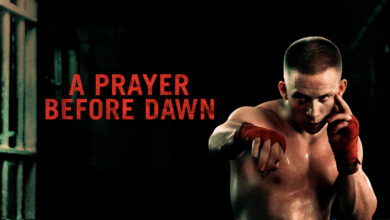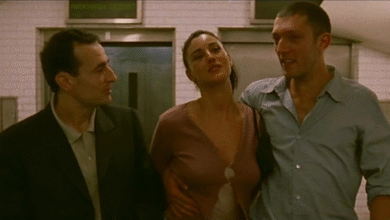The Green Mile (1999) – A Supernatural Tale of Compassion, Injustice, and Redemption

Directed by Frank Darabont and adapted from the novel by Stephen King, The Green Mile is a hauntingly powerful film that transcends the boundaries of genre. Set during the Great Depression in Cold Mountain Penitentiary, the story unfolds on death row—nicknamed “the Green Mile” because of its faded green linoleum floor, which leads condemned men to the electric chair.
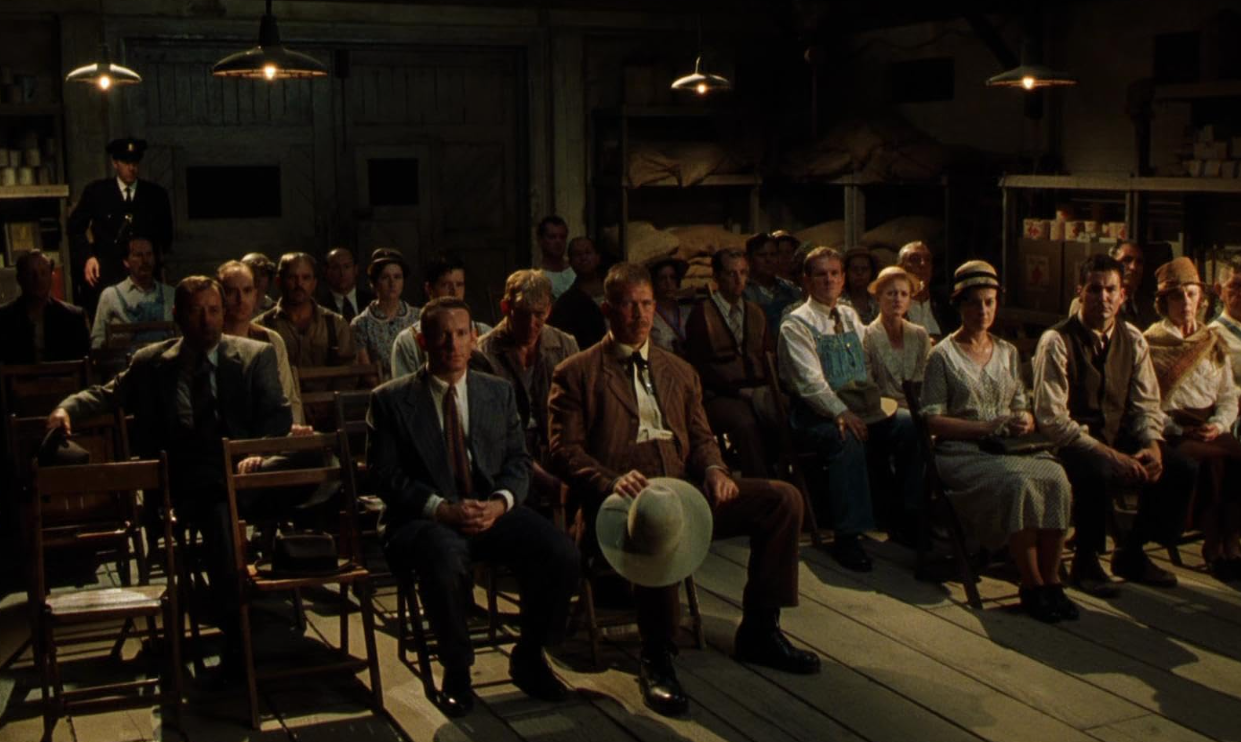
Tom Hanks delivers a soulful performance as Paul Edgecomb, a veteran prison guard whose world is quietly upended by the arrival of John Coffey (Michael Clarke Duncan, in a career-defining, Oscar-nominated role). Despite conviction of a brutal crime, Coffey is a gentle giant—childlike in demeanor and mysterious in nature. As Paul and his team come to know him, they realize that Coffey possesses miraculous healing powers that defy explanation and challenge their understanding of justice, punishment, and grace.

At its core, The Green Mile is a story about empathy—about seeing the humanity in others, even in a place designed to strip it away. The film examines the moral burden placed on those who carry out capital punishment and the quiet, often unseen suffering that justice systems can inflict.
Frank Darabont, who also directed The Shawshank Redemption, brings a steady hand to the storytelling, balancing the supernatural elements with deeply human moments. The result is a film that is as emotionally resonant as it is thought-provoking.
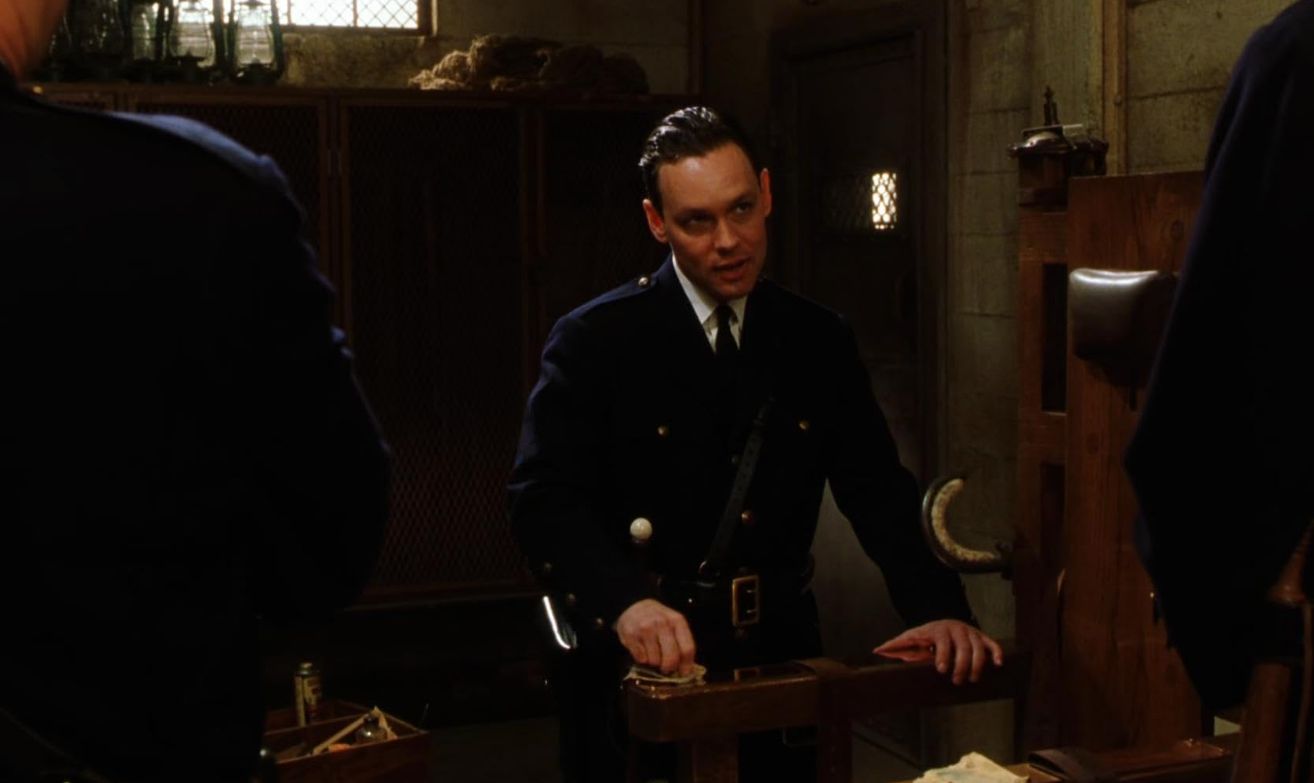
With a haunting score by Thomas Newman, strong supporting performances from David Morse, Doug Hutchison, and Sam Rockwell, and masterful cinematography that lingers like a memory, The Green Mile is more than a prison drama—it’s a spiritual journey. It explores guilt and forgiveness, cruelty and kindness, and ultimately, the capacity for grace in even the darkest places.
A timeless classic, The Green Mile continues to move audiences decades after its release. It’s Not Just a Film—It’s an Experience That Stays with You Long After the Lights Come Up

In a Louisiana nursing home in 1999, protagonist Paul Edgecomb bursts into tears while watching the film Top Hat. His friend Elaine begins to worry, and Paul explains to her that the film reminds him of events that occurred in 1935, when he was a warden, in charge of the death row, commonly known as the “Green Mile.”
In 1935, Paul, along with officers Brutus Howell, Dean Stanton, Harry Terwilliger, and Percy Wetmore, takes charge of the death row. Paul, who is suffering from a bladder infection, takes in a new inmate named John Coffey, a large black man whose personality belies his appearance. John has been sentenced to death for the rape and murder of two white girls. Another prisoner is a Native American named Arlen Bitterbuck, accused of multiple murders and the first to be electrocuted. Percy proves to be a cruel man, but, as the nephew of the First Lady of Louisiana, he cannot be punished. Percy often abuses prisoner Eduard Delacroix, breaking his arm, stomping on Mr. Jingles (Del’s pet rat) and repeatedly calling him a “queer”. Paul tells Percy that he must apply for a transfer to a mental hospital immediately after he executes Del. At the execution site, Percy deliberately leaves the sponge unwashed and electrocutes Del, causing him to suffer a painful and gruesome death.
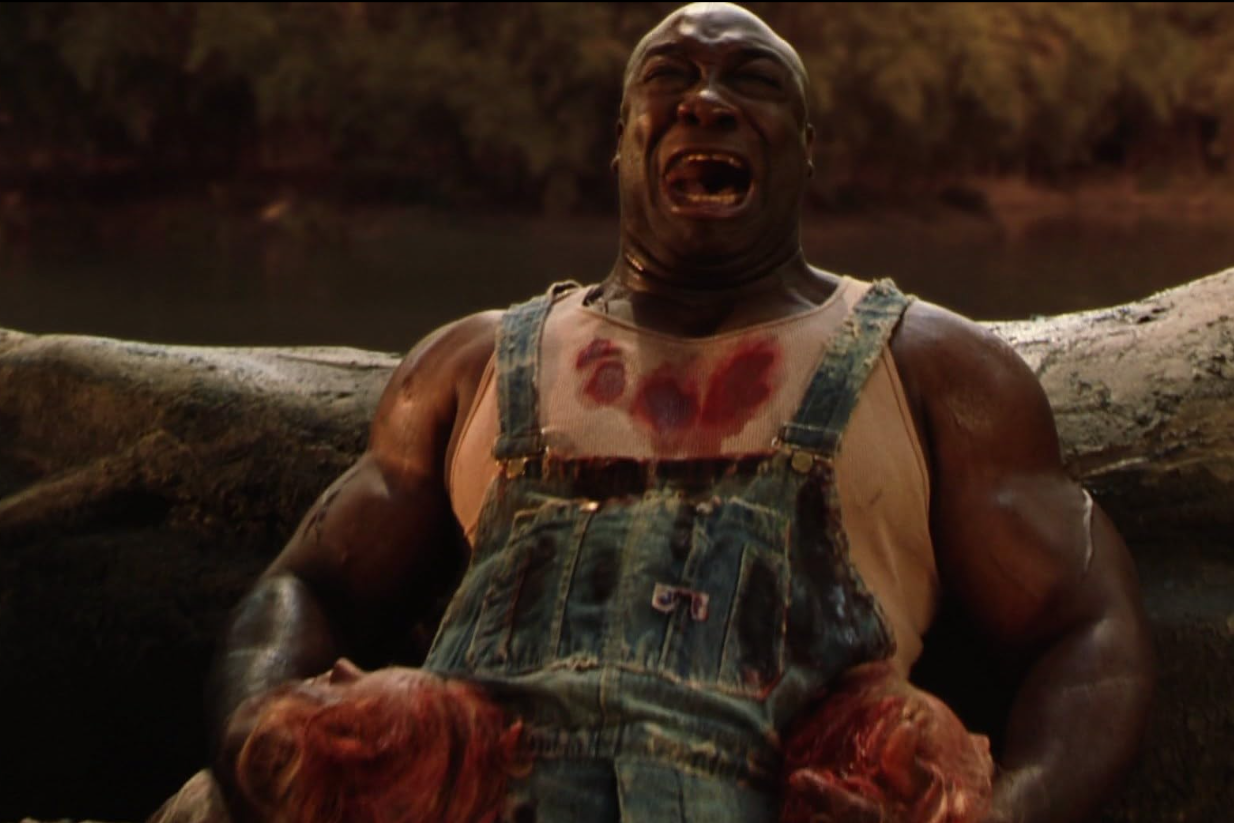
John begins to exhibit supernatural powers; he cures Paul’s bladder infection, resurrects Mr. Jingles, and heals the brain tumor of Melinda Moores, the wife of the prison warden. He then passes this pain on to Percy, under whose influence he shoots prisoner William Wharton to death. Wharton had previously been arrested for murder and for being a troublemaker; he attacked the guards when he was brought to the prison, made two stunts that caused Paul to order him to be placed in solitary confinement, and threatened Percy, racially insulting John, and taking responsibility for John’s crimes. John then gave Paul his powers to make him understand, and in doing so, John also gave Paul his supernatural powers. Percy was then taken to an insane asylum.
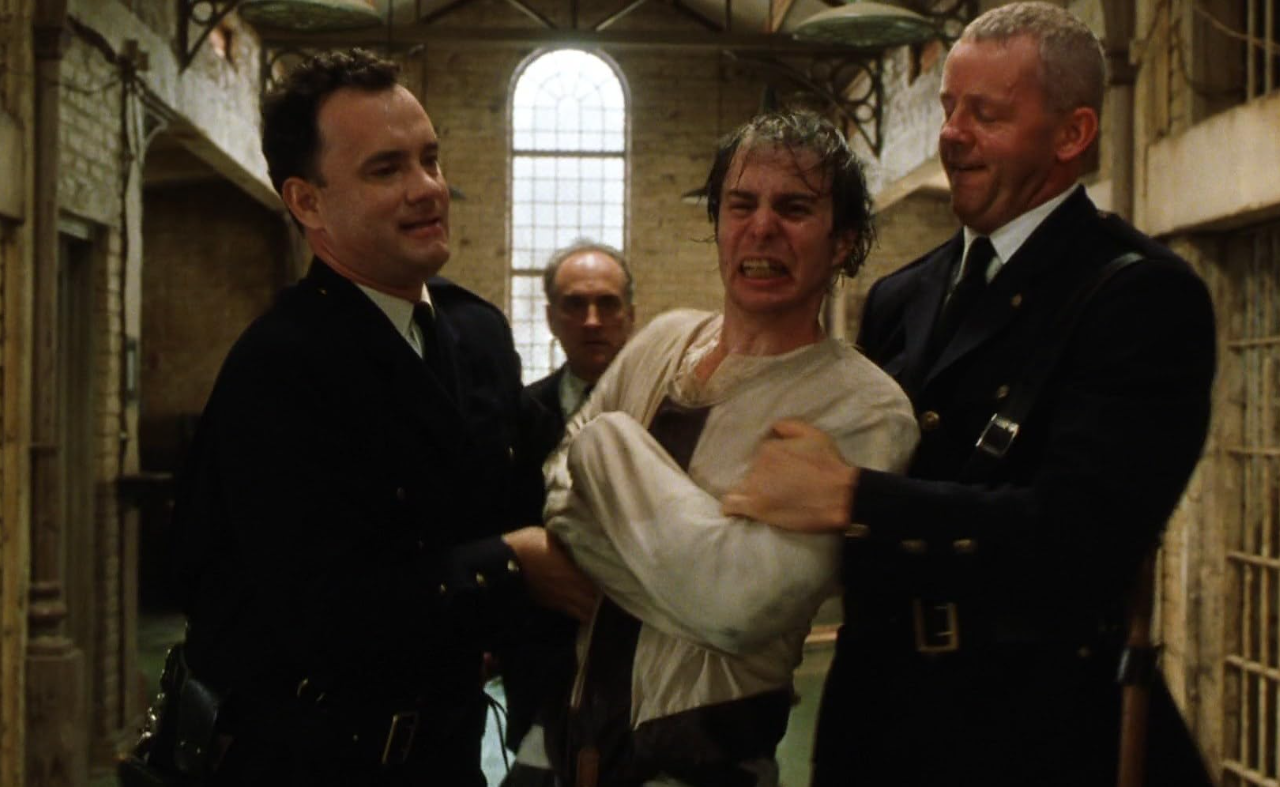
Although Paul was upset about John’s innocence, John told Paul that he wanted to die, as he did not want to see the cruelty of the world. John also confessed that he had never seen a movie in the theater before, so he was taken to see Top Hat with the other guards as a final request. John was executed that night; at the time, he requested that he not wear a scarf over his head because he was afraid of the dark.


